“God, God: Save Khomeini until Mahdi comes / Take from our lives and add it to the Leader’s life!”
Those like me who spent their childhoods in Iran in the 1980s remember this slogan well. Every morning, schoolchildren had to line up like in army barracks and chant this slogan loudly. And if their voices were not loud enough for “the enemy to hear it” they had to stay longer in the freezing cold or unbearable heat.
For those who remember those days, the schoolchildren’s roar of “War, war, until victory” coming from behind school walls is quite familiar.
The Islamic Republic’s use of child soldiers in military operations started with the Iran-Iraq war in the 1980s and is still continuing, despite the fact that using under-15s as military or paramilitary forces is illegal under international laws and is banned by many international treaties such as the UN Convention on the Rights of the Child, Article 4 of the Additional Protocol to the Geneva Convention and the Rome Statute of the International Criminal Court, which considers the practice a “war crime.”
In his report about the creation of a Special Court to investigate war crimes committed during Sierra Leone’s 1991-2002 civil war, then-UN Secretary General Kofi Annan emphasized that using child soldiers can no longer be done with impunity.
Boasting of War Crimes at Home and Denial Abroad
International criminal laws and conventions take this practice very seriously and, as a result, Iranian government officials have repeatedly tried to deny using child soldiers. In a 1983 resolution, the UN sub-commission on human rights called on the Islamic Republic to conform to international conventions and stop recruiting child soldiers for its war against Iraq. The Iranian mission to the UN categorically rejected suggestions that “the use of children in its armed forces is an established practice or one that is encouraged by it.” Technically speaking, this denial was not strictly a lie because it was not the regular armed forces but the Islamic Revolutionary Guards Corps (IRGC) and its affiliated paramilitary Basij Organization that were recruiting and sending children to the frontlines.
Around the same time, after visits to prisoner-of-war camps in Iraq, Swiss-based humanitarian organizations said that some 240 Iranian prisoners between the ages of 12 and 18 were being held there. Iraqi officials said that 99 Iranian child soldiers were killed for each one captured.
While the Iranian ambassador to the UN was saying that the vote for the 1983 resolution “can only be considered as a hostile political stance against the Islamic Republic of Iran,'' government-affiliated media in the country were bragging about sending child soldiers to the warfront. In an October 2019 report on the Student Basij Organization, the official IRNA news agency wrote, “During the eight-year war between Iran and Iraq, more than 550,000 Basiji students participated in the war and offered their country more than 36,000 martyrs, 2,853 missing in action and 2,433 prisoners of war. Martyr Mohammad Hassan Fahmideh was one of these Basiji students.”
Also, reports repeatedly published by Iranian government media about a fallen child soldier provide incontrovertible evidence of the direct role played by Supreme Leader Ali Khamenei in the use of under-15s in the war.
On September 22, 2022, a report titled “Martyr Balazadeh, the adolescent who got the Leader of the Revolution’s permission to go to the frontline” described how Marhamat Balazadeh, a 13-year-old child from the city of Ungut, in Ardebil province, was sent to the front by a direct order from Khamenei.
In this story, polished to sound like an epic, Marhamat Balazadeh manages to reach the motorcade of Khamenei, who was president of the Islamic Republic at the time, and asks him to issue an order to send him to the front. The same story, under different titles but with the same content, has been published by other media outlets close to the regime, including the newspaper Javan (2009), the news agencies Daneshjou (2011) and Tasnim (2016) and the website Rasa News (2020).
According to IRNA, Balazadeh told Khamenei that Ghasem, nephew of Imam Hossein, the 3rd Shia Imam, was also 13 when his uncle gave him permission to join the battle in which both were martyred in 680 AD: “I am also 13 but the commanders of Ardebil Revolutionary Guards do not permit me to go to the front. I request this: they should not recite the life of the Holy Ghasem during mourning ceremonies if they don’t give me permission to go to the front.” Khamenei consented and ordered those commanders to allow Balazadeh to join the war.
According to his military ID card, Balazadeh was born in 1970 and was sent to the warfront in 1983. Iranian media have published other stories about child soldiers but none of those stories revealed their age, the date of their dispatch to the front or the fact that the commanders were aware of their age. From this point view, Marhamat Balazadeh’s case is very important because his story and the role played by Khamenei is told by several sources close to the regime, including its official news agency. In this particular case at least, it is indisputable that a war crime was committed. Marhamat Balazadeh was killed in action during an offensive by Iranian forces called Operation Badr on March 12, 1985.
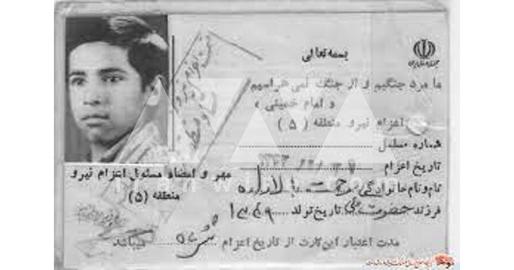
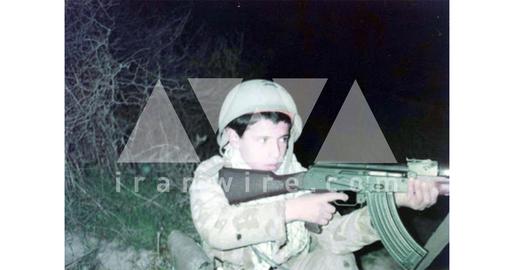
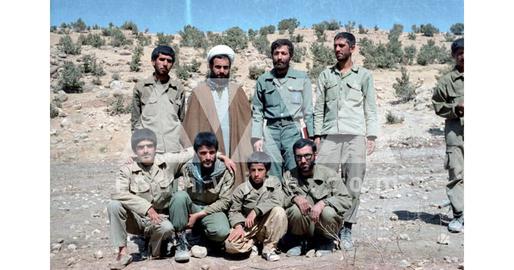
The 2022 Uprising: Child Victims of the Islamic Republic on Both Sides
The nationwide protests triggered by the September 2022 death of Mahsa (Zhina) Amini in the custody of morality police was met with a violent crackdown by the security forces that has claimed the lives of more than 500 protesters so far. As of now, IranWire has published the names of 310 of these victims, including at least 48 children or 15.5 percent of those killed. However, the children who have fallen victim to this bloody crackdown are not only those who were among the protesters. The security and military forces have extensively used child soldiers to suppress recent demonstrations.
IranWire’s investigations and published pictures show that the Revolutionary Guards and the affiliated paramilitary Basij force extensively use children aged between 12 and 17 as security and anti-riot forces. These children have been seen in different cities in Tehran, Isfahan, East Azerbaijan, West Azerbaijan, Qom, Kurdistan, Golestan and Sistan and Baluchistan provinces. On almost all the pictures we have examined the children appear younger than 15.
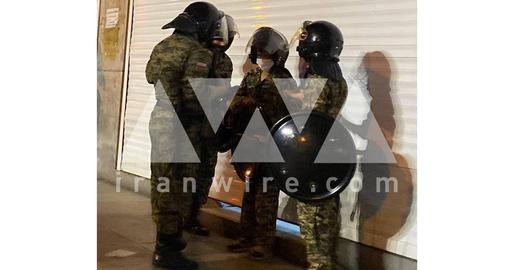
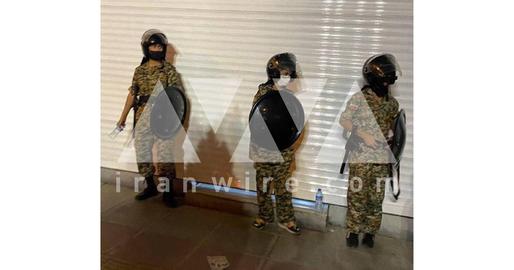
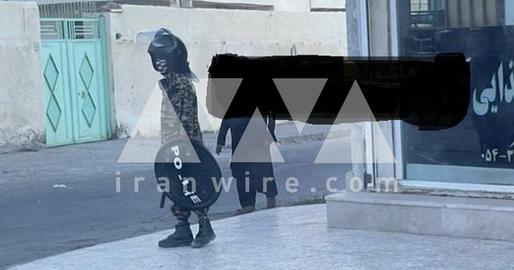

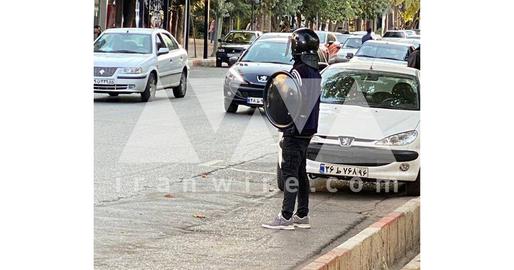
Security forces use these children as human shields. On the one hand, they let them do whatever they want to suppress protesters, and, on the other hand, they intentionally put them in the harm’s way so that if something happens to them, they can accuse the protesters of violence. IranWire has identified at least on case in which one of these children was severely injured when he was mistakenly shot by the security agents.

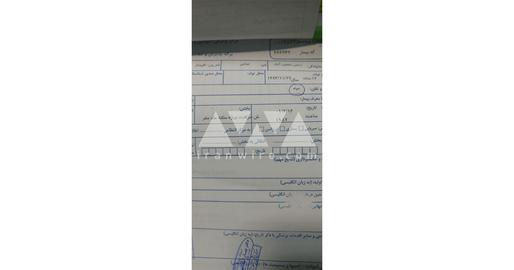
The use of children as security forces has recently receive more attention but there are many reports that they have been used in suppressing the protests in previous years as well. However, the important point this time around is that they have been used extensively and their training in recent years has focused on putting down civilian protests and rallies.
The Student Basij was officially created in 1996 as a step toward realizing the dream of Ayatollah Khomeini, the founding father of the Islamic Republic, of a “20-million-man army.” The organization was mostly focused on providing military training to the youth, something that had already started in the early 1990s under a “program to prepare schoolchildren for defense,” which was supervised by the Basij Organization and aimed at training child soldiers for war. The training model, however, changed after the protests that rocked Iran in the aftermath of the disputed 2009 presidential election, focusing instead on using children to suppress protests, especially in recent years.
On January 28, 2016, 1,700 Basiji children participated in military maneuvers in Chabahar, in the province of Sistan and Baluchistan, and were trained to use military weapons. On August 1, 2017, the Shahid Rajaei Resistance Center in Qom set up classes for the military training of children under 15. On November 22, 2019, a training camp to “counter urban unrest” was set up for the members of the Basij Organization in the city of Ashkezar, in Yazd province, and children under 15 years of age can be seen in pictures from this camp. On March 3, 2019, a military training camp was set up in Abadan in Khuzestan to train under-15s. And, on December 14, 2019, only a month after the bloody suppression of November 2019 protests, a military maneuver called “Basiji Might” was conducted in Qazvin. Published pictures from this exercise show Basiji children filling the cartridges of Kalashnikov automatic rifles.
These training exercises were all aimed at preparing children to be used in the suppression of protests. In an interview on November 22, 2022, when nationwide protests were well underway, Mohammad Reza Tuyserkani, the supreme leader’s representative at the Basij Organization, specifically named the Student Basij as a force that is being used to suppress demonstrations.
A year earlier, General Hassan Hassanzadeh, commander of Mohammad Rasulullah Corps, which is part of the Sarollah Headquarters complex, the main security base of the Revolutionary Guards in Tehran province, reported that Basiji adolescents were being recruited into 300 “defensive” squadrons of the Mohammad Rasulullah Corps. He also pointed out that Basiji adolescents would be used in the so-called “Neighborhood-Centered Security Management Project.”
This project has turned neighborhood mosques into major recruitment and training centers for children. These mosques, from the biggest cities to smallest villages, are actively engaged in recruiting children under 15 to suppress protests. For example, from the late autumn of 2019 to midsummer of 2021, Tehran’s Abuzar Mosque held at least 17 training courses to teach children in areas such as countering urban crowds, using shields and tonfa sticks, using paintball guns, study of weapons, self-defense, rapid response, arresting culprits, urban warfare and using Colts, Kalashnikovs, shotguns and grenade launchers. The training was conducted under the supervision of non-commissioned officers of the Revolutionary Guards, members of the riot police, Counter-Terrorism Special Force (NOPO) and the 65th Airborne Special Forces Brigade (NOHED). In the published pictures from these courses, children under 15 are the majority of the trainees.
Such training courses are not limited to mosques in big cities. Similar courses are held for children even in small villages, revealing the horrifying extent of the efforts to recruit children to suppress protesters. For example, on November 13, 2022, and January 21, 2023, courses were held for children in the village of Bala Bazyar, in Mazandaran province, during which children under 15 were trained in suppressing urban crowds and in using batons and Kalashnikovs.
Children deserve a secure, calm and happy environment, while their systematic training in killings and using violence is confining the younger generation into a human-shield role for the sole interest of the Islamic Republic’s supreme leader, a generation that, after reaching puberty, would murder other children of their country.
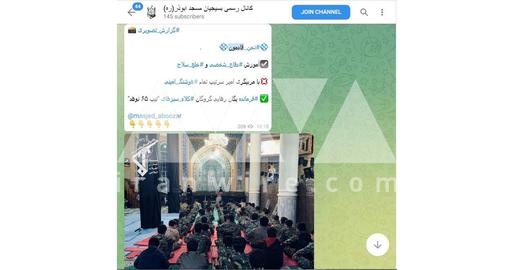
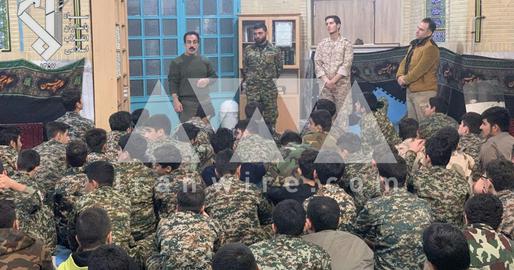
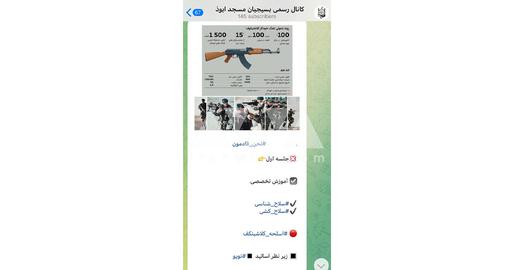


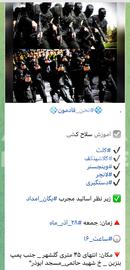
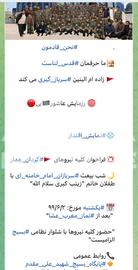
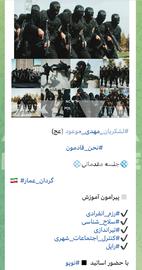

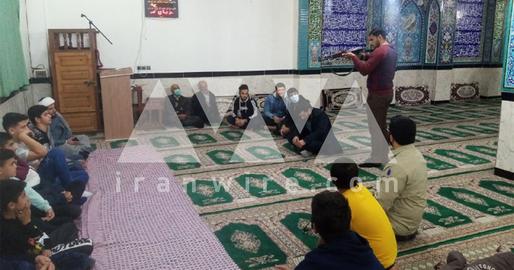

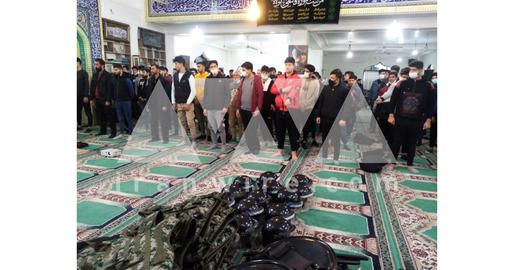
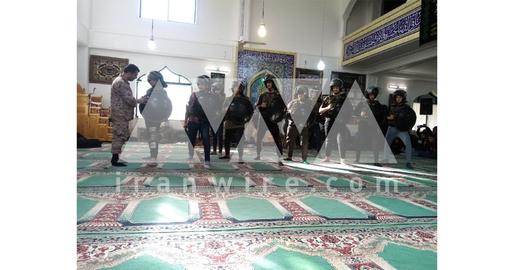
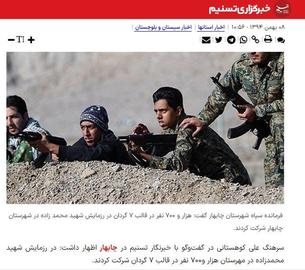
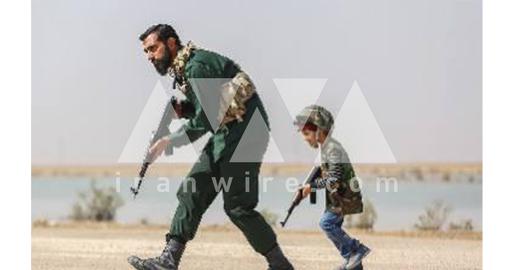
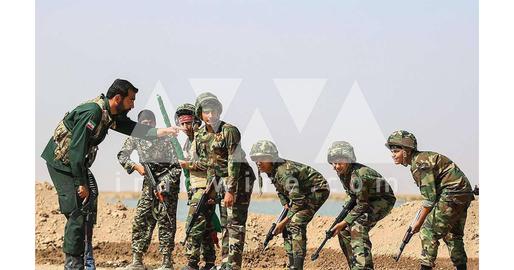
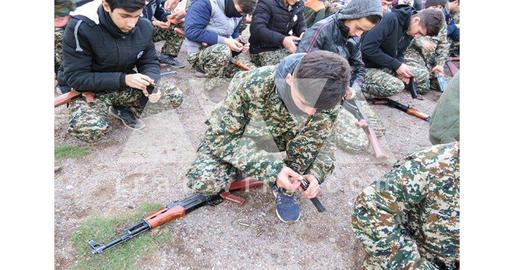

visit the accountability section
In this section of Iran Wire, you can contact the officials and launch your campaign for various problems




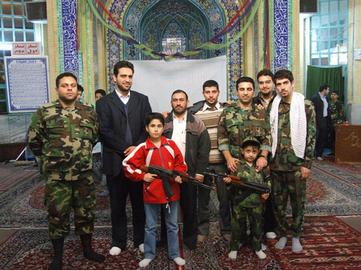
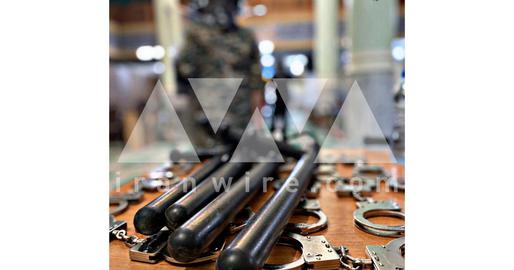
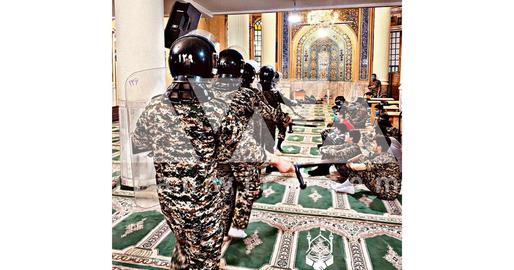
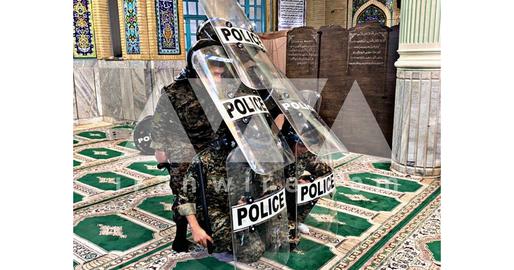
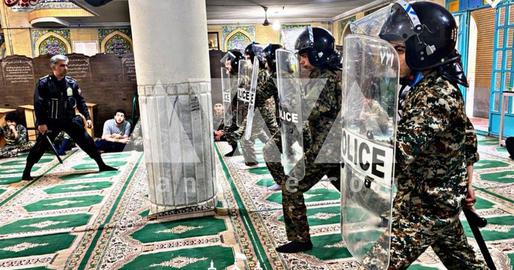

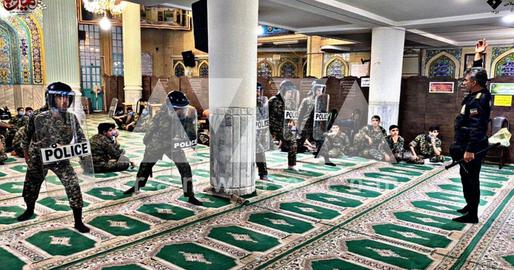
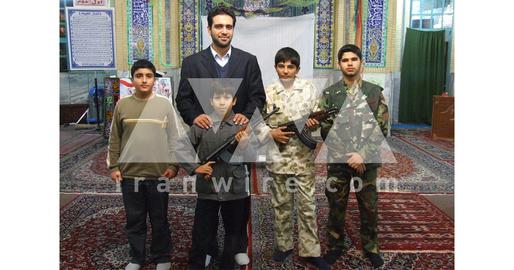
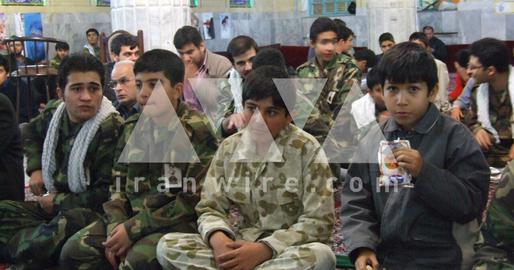





















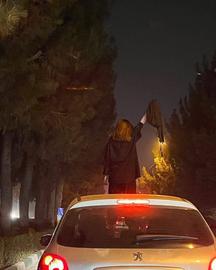
comments